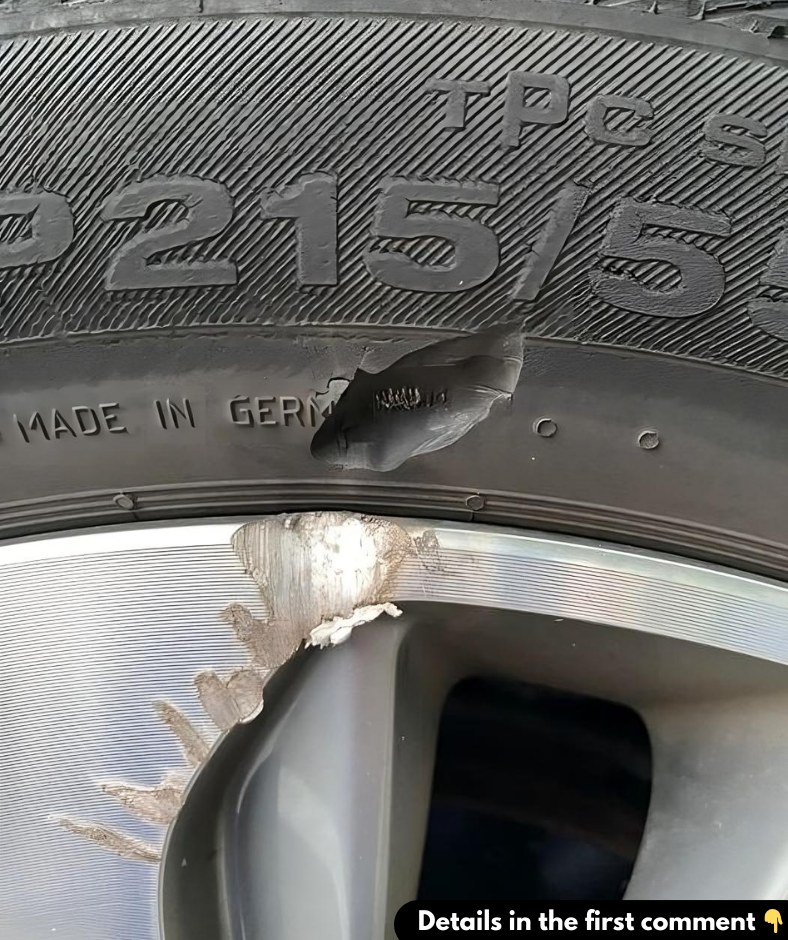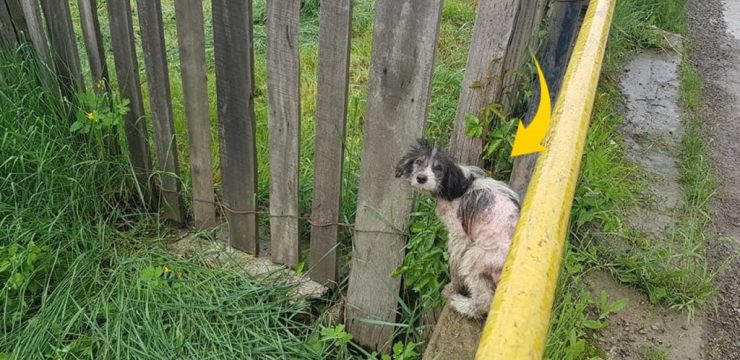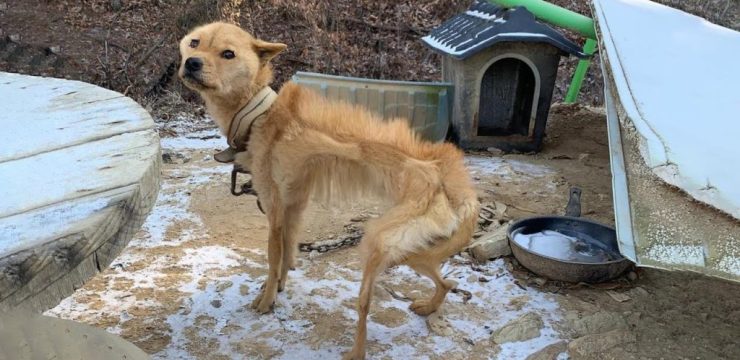Tires are a critical part of vehicle safety, but the sidewall—the thinner, more vulnerable area of the tire—often goes unnoticed until damage occurs. Sidewall issues, along with curb rash on rims, are common problems that many drivers face. While both can impact your car’s performance, sidewall damage poses a far greater safety risk. Understanding the causes, effects, and solutions for these issues is crucial for maintaining a safe and reliable vehicle.

What Causes Sidewall Damage?
The sidewall of a tire is more delicate than the thicker tread area designed for road contact. Cuts, punctures, and cracks in the sidewall are usually caused by scraping against curbs, encountering sharp debris, or driving on rough surfaces. Underinflated tires are especially prone to sidewall damage since they flex more, making them susceptible to cuts and cracks. This highlights the importance of regularly checking tire pressure to prevent unnecessary wear and tear.
Why Sidewall Damage Is a Serious Concern
Unlike tread punctures, which can often be repaired, damage to the sidewall is much more dangerous and cannot be safely fixed. The sidewall is under constant stress, making it prone to blowouts, especially at high speeds. Even a seemingly minor cut in this area compromises the tire’s structural integrity. If you notice deep cuts or cracks in your tire’s sidewall, replacing the tire immediately is the only safe option. Continuing to drive on a damaged sidewall puts everyone in the car at risk of an accident.
What Is Curb Rash on Rims?
Curb rash occurs when a car’s rim scrapes against a curb, leaving behind scratches, scuffs, or even dents. This often happens during parking or tight turns, particularly on narrow streets. While most curb rash is cosmetic, repeated or severe damage can lead to long-term problems.
Why Do Rims Get Damaged?
Rims often bear the brunt of the impact when the sidewall hits a curb. Over time, minor scratches can deepen, affecting the rim’s ability to seal properly with the tire. This can result in slow air leaks and uneven tire wear.
Is Curb Rash a Serious Issue?
Although curb rash doesn’t present the same immediate safety risks as sidewall damage, it should still be addressed. Deep gouges can weaken the rim, and in extreme cases, bent or cracked rims can affect handling and safety. Minor cosmetic damage can be repaired, but significant damage may require rim replacement to ensure safe driving conditions.
How to Handle Tire or Rim Damage
Discovering tire or rim damage can be alarming, but addressing it promptly is critical for safety. Here are the steps to take:
- Inspect the Tire Sidewall
Examine the sidewall for cuts, cracks, or other visible damage. If you notice deep cuts or exposed inner layers, avoid driving on the tire and call for a tow to a nearby tire shop. - Check Tire Pressure
A damaged sidewall can cause the tire to lose pressure. Use a gauge to check air levels. If the pressure is low, inflate the tire temporarily and drive slowly to a service center. - Assess the Rim’s Condition
Look for scratches, bends, or cracks. Light scratches can often be repaired, but bent or cracked rims need immediate replacement to avoid safety risks like vibrations or uneven tire wear.
Why Tire Replacement Is Necessary for Sidewall Damage
If your tire’s sidewall is significantly damaged, replacing the tire is non-negotiable.
- Repairs Are Unsafe: Sidewall repairs cannot withstand the stress placed on this area.
- Blowout Risk: Damaged sidewalls are more likely to cause sudden blowouts, especially at highway speeds.
- Immediate Action Needed: Driving on a compromised sidewall endangers everyone in the car.
Addressing Curb Rash: Repair or Replace?
While curb rash is often a cosmetic concern, it’s worth addressing to maintain the car’s appearance and performance.
- DIY Repair Kits: Minor scratches can be smoothed out using DIY kits with sandpaper, fillers, and paint. These kits are best for surface-level damage.
- Professional Rim Repair: For deeper scratches, professional services offer techniques like sanding, buffing, and repainting to restore the rim.
- When to Replace the Rim: If the rim is bent or cracked, replacement is essential to prevent handling issues and maintain safety.
Could Repeated Damage Indicate a Larger Issue?
If you frequently experience tire or rim damage, it could point to underlying problems:
- Driving Habits: Driving too close to curbs or making tight turns may lead to repeated incidents. Adopting safer habits can reduce damage.
- Alignment or Suspension Issues: Regular tire damage might signal alignment or suspension problems that need professional attention.
- Parking Choices: Parking in tight spaces increases the risk of curb rash. Opt for wider spaces when possible.
Conclusion: Proactive Action Ensures Safety
Sidewall damage and curb rash are common but manageable issues if addressed promptly. While sidewall damage requires immediate tire replacement, curb rash can often be repaired if caught early. Regularly inspecting your tires and rims, adopting safer driving habits, and choosing better parking spots can go a long way in preventing future problems. Keeping your vehicle in optimal condition not only ensures safety but also provides peace of mind for every journey.





